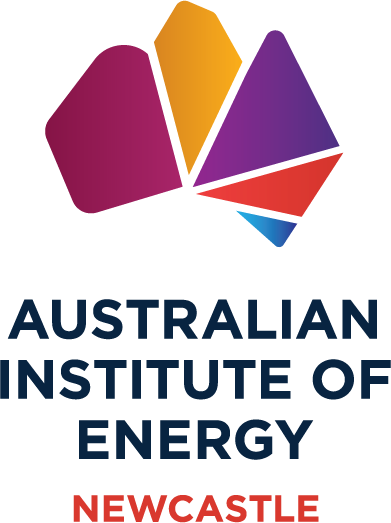Review of strategic direction informs AGL announcement on accelerated exit from coal
AGL’s annual greenhouse gas emissions are expected to reduce from 40 million tonnes on achieving targeted closure

AGL have released the outcomes of a review of strategic direction, which includes the decision to target an exit from all coal-fired generation by the end of financial year 2035, and an accelerated transition to become an integrated low carbon energy leader.
This means an accelerated exit from all coal fired generation, bringing forward the targeted closure date for Loy Yang A power station in Victoria to 2035, up to 10 years earlier than previously announced.
AGL’s annual greenhouse gas emissions are expected to reduce from 40 million tonnes on achieving targeted closure, supporting the transition to a lower carbon world aligned with the Paris Agreement goals and achieving net zero for operated Scope 1 and 2 emissions after coal closures.
AGL aim to progressively decarbonise its asset portfolio with new renewable and firming capacity, with an ambition to supply its customer demand with up to 12 GW of new capacity, requiring a total investment of up to $20 billion,
combination of assets on AGL’s balance sheet, offtakes and via partnerships.
AGL also published its inaugural Climate Transition Action Plan, demonstrating its commitment to transparent communication with its stakeholders about its approach to decarbonisation.
“We have listened to our stakeholders – in particular, our shareholders, as well as government and energy
regulatory authorities. Their views were an important consideration as we reviewed the company’s strategic
direction after withdrawing the demerger proposal,” AGL Chair, Patricia McKenzie, said.
“Our purpose in undertaking the review was to consider options for AGL’s future as a strong integrated entity in a way that enhances long-term shareholder value, and to achieve this in a complex energy environment, with increasing pressure to accelerate the pace of decarbonisation while maintaining energy affordability.”












